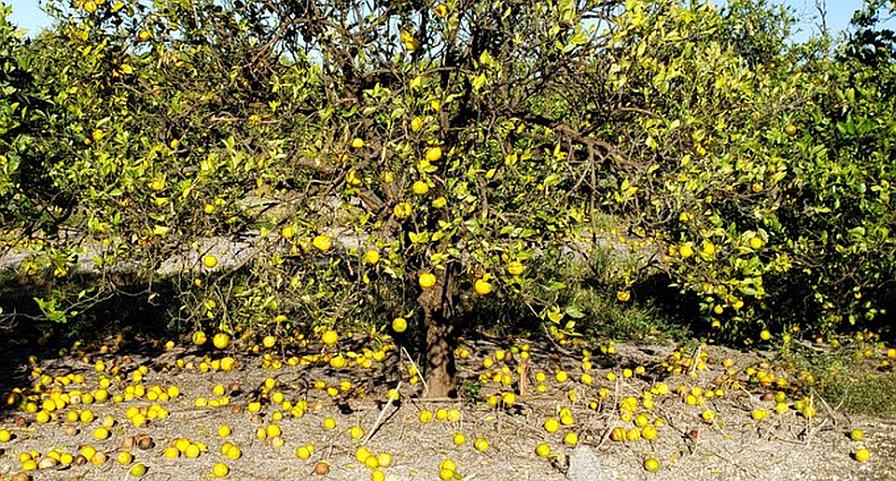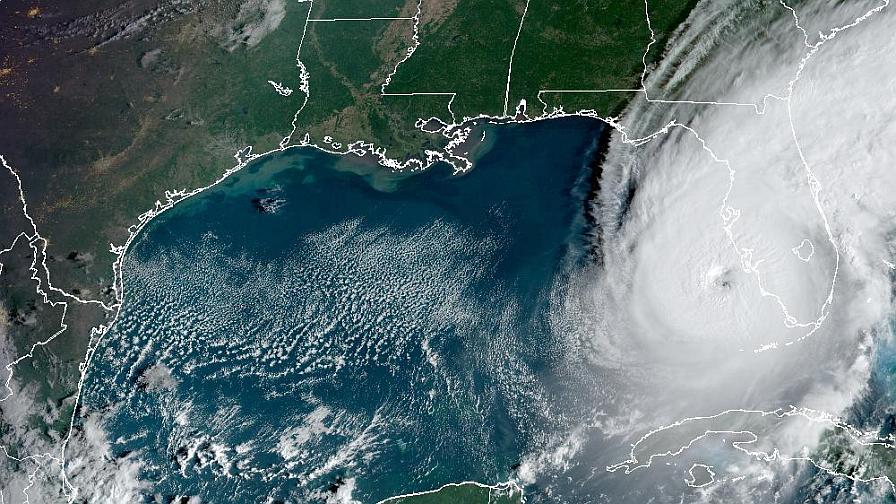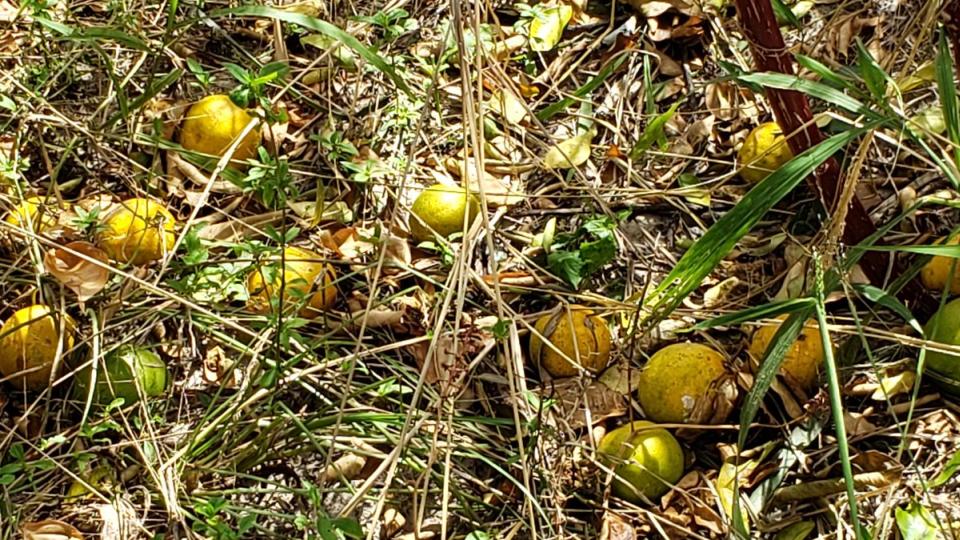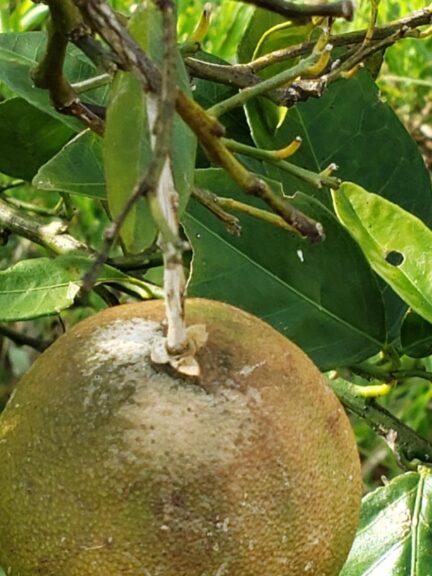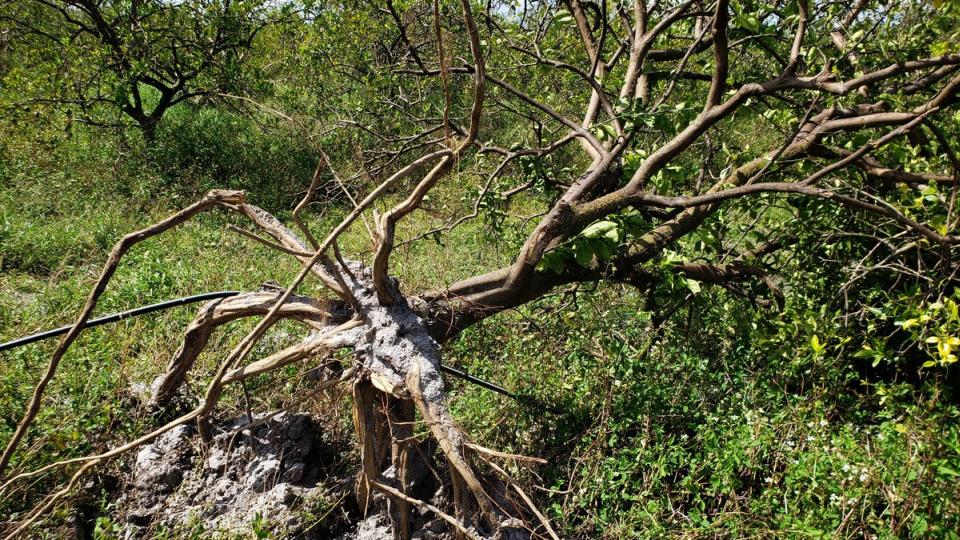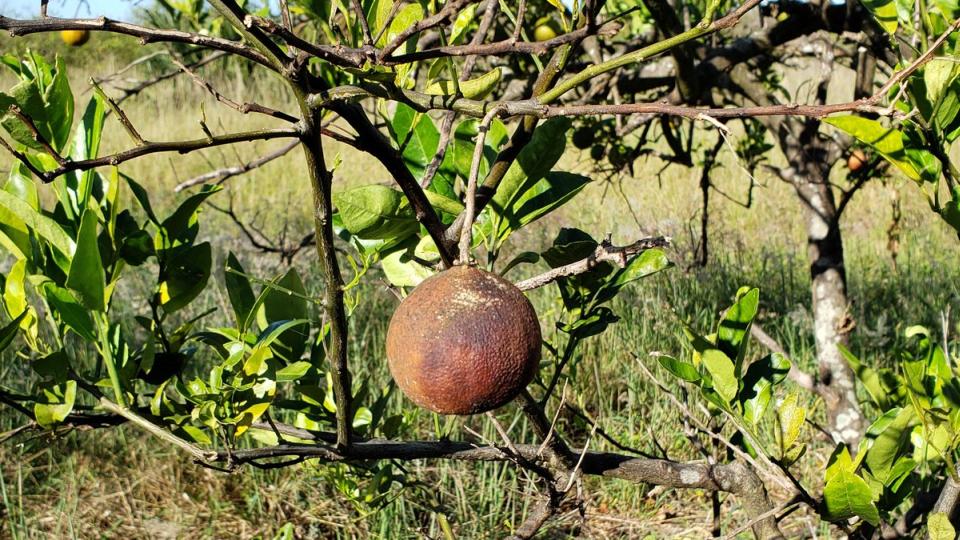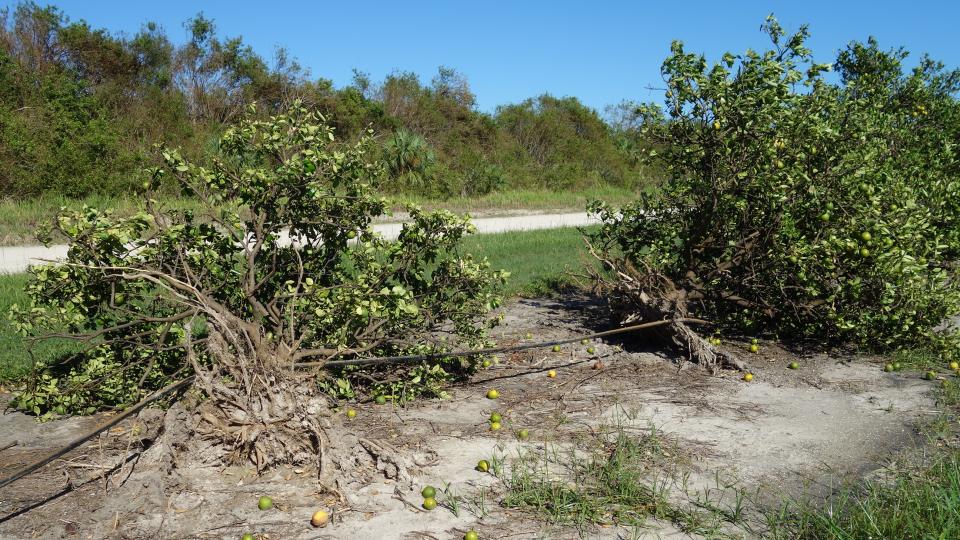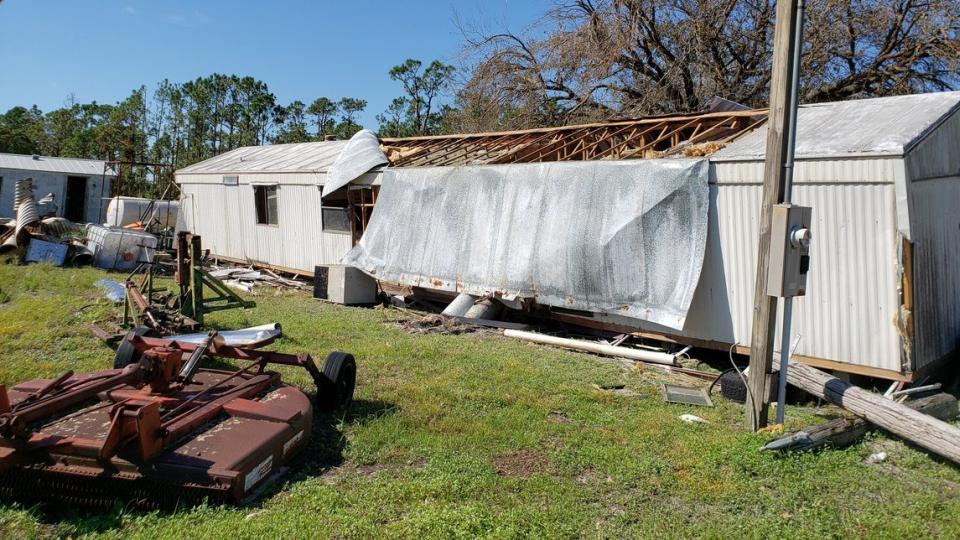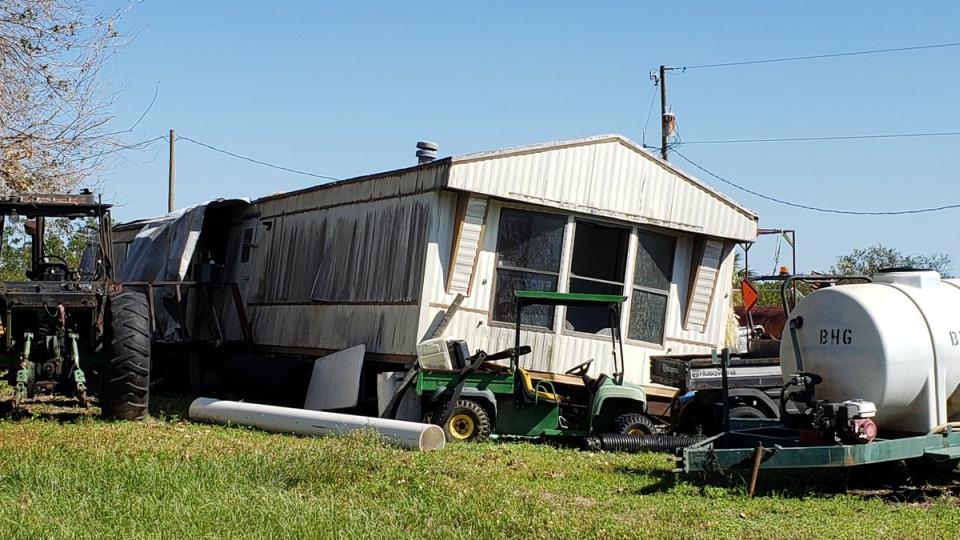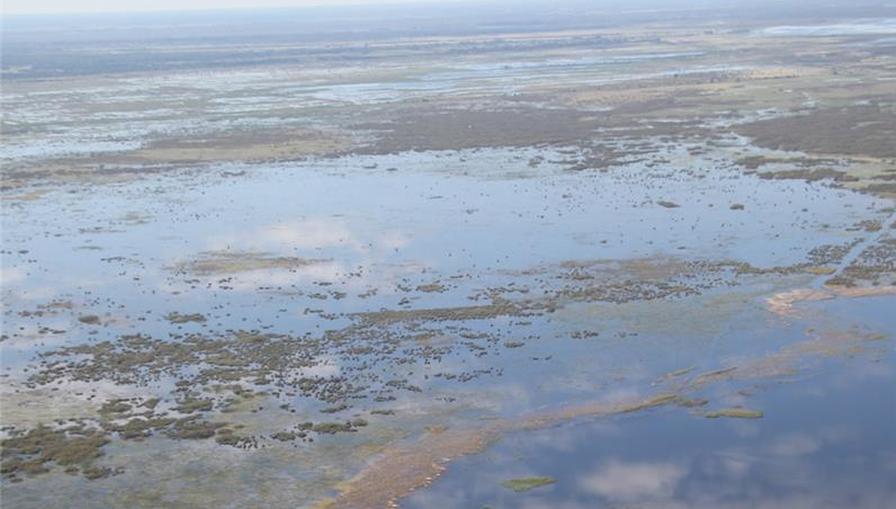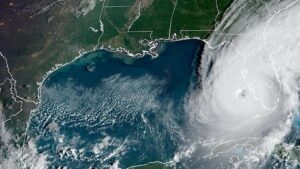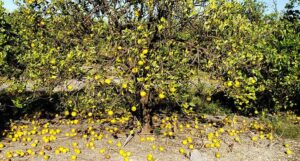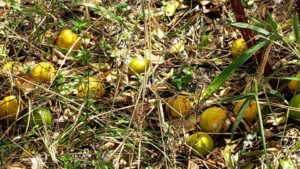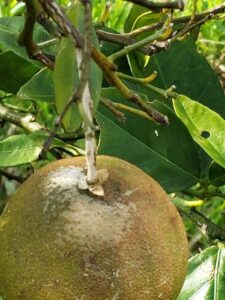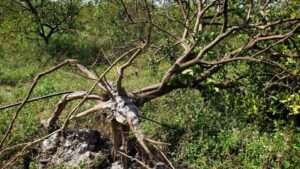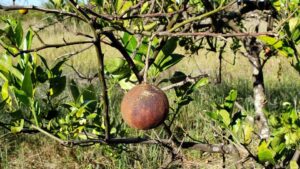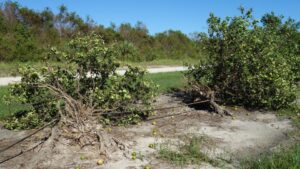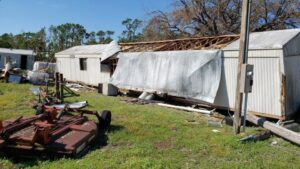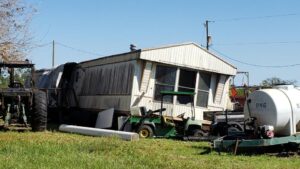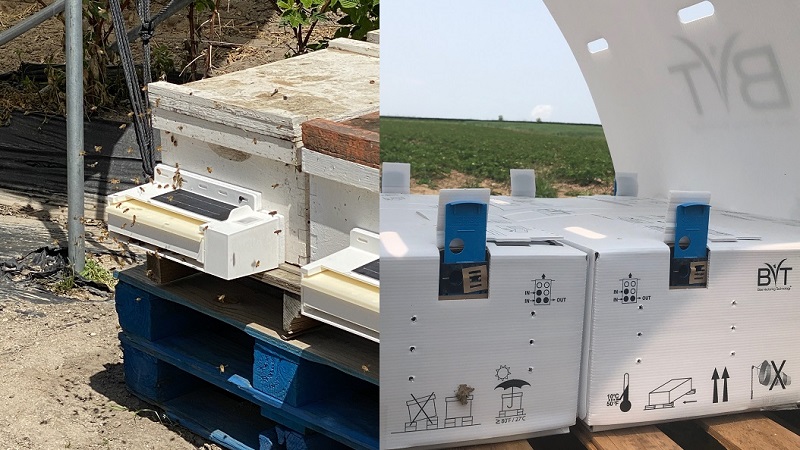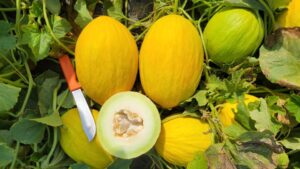Final Report: Hurricane Ian Effects on Florida Ag Add up to $1 Billion
When a storm the likes of Hurricane Ian strikes, it takes time to truly assess and count up all the damages. University of Florida economists have been hard at work for months determining the economic impact on the state’s ag sector. Their final report shows the price tag at $1.03 billion.
A few weeks after the strong Category 4 storm plowed its way across the Sunshine State, UF/IFAS released its initial damage estimate valued between $787 million and $1.56 billion. Since then, more data and feedback from farmers in the field helped narrow the total.
The number is an estimate of the total value of seasonal crops, livestock, nursery and aquaculture products that will not be harvested or marketed as a result the storm, according to UF/IFAS.
The latest report breaks down the $1.03 billion in final estimated losses by commodity group:
- Citrus: $247.1 million
- Vegetables and melons: $204.6 million
- Greenhouse and nursery: $195.4 million
- Non-citrus fruit: $137.7 million
- Field and row crops: $130.2 million
- Livestock and animal products: $119.8 million
The five counties with the greatest agricultural losses include:
- Manatee: $126.4 million
- Hillsborough: $104.4 million
- Palm Beach: $88.8 million
- Hardee: $72.5 million
- Hendry: $72 million
A portion of the $1.03 billion loss estimate might be offset by insurance or other risk management tools available to producers, says Christa Court, Director of the UF/IFAS Economic Impact Analysis Program.
“For example, if a grower was expecting to harvest $10 million in crops this year and the storm destroyed $6 million worth, we report a $6 million loss,” she explains. “That farmer might recoup some of that through insurance, but we don’t have a good way of accounting for that in our estimates.”
Some damages are more difficult to pinpoint, Court adds. For example, costs associated with asset damages or production losses that might occur in future seasons.
“We are not able to measure things such as the cost of repairing or replacing damaged structures or equipment, replanting perennial crops, or replacing livestock,” Court says.
In addition to Hurricane Ian, impacts on Florida agriculture have been further exacerbated by Hurricane Nicole, which struck the state in early November. And on top of that the freeze event in December.
“Our survey only covered damages and losses from Hurricane Ian, so this report is not a view of the total impact to agricultural production of all 2022 events that have impacted the sector,” Court says.
To access and read the final report titled “Estimated Agricultural Losses from Hurricane Ian,” visit fred.ifas.ufl.edu.




